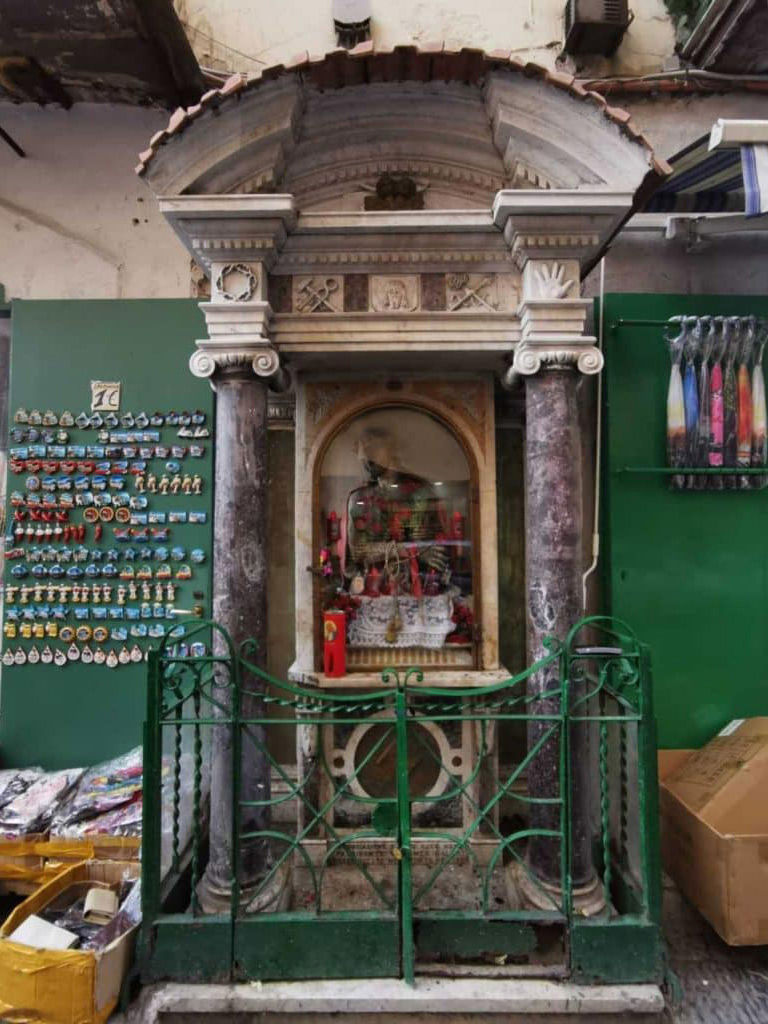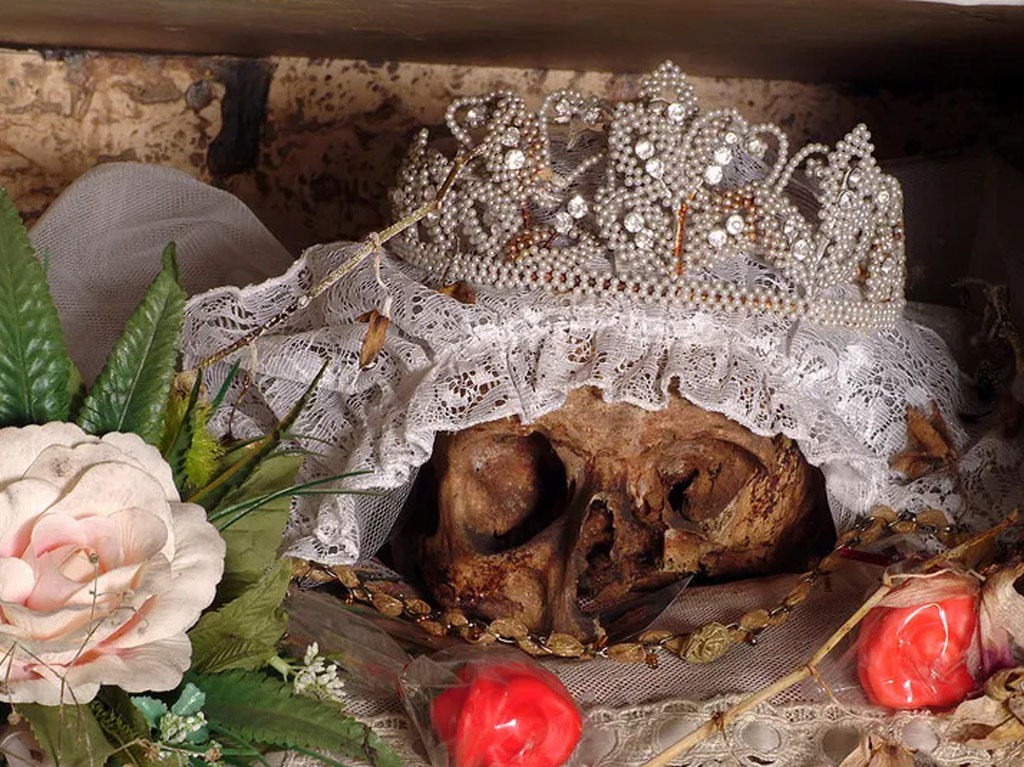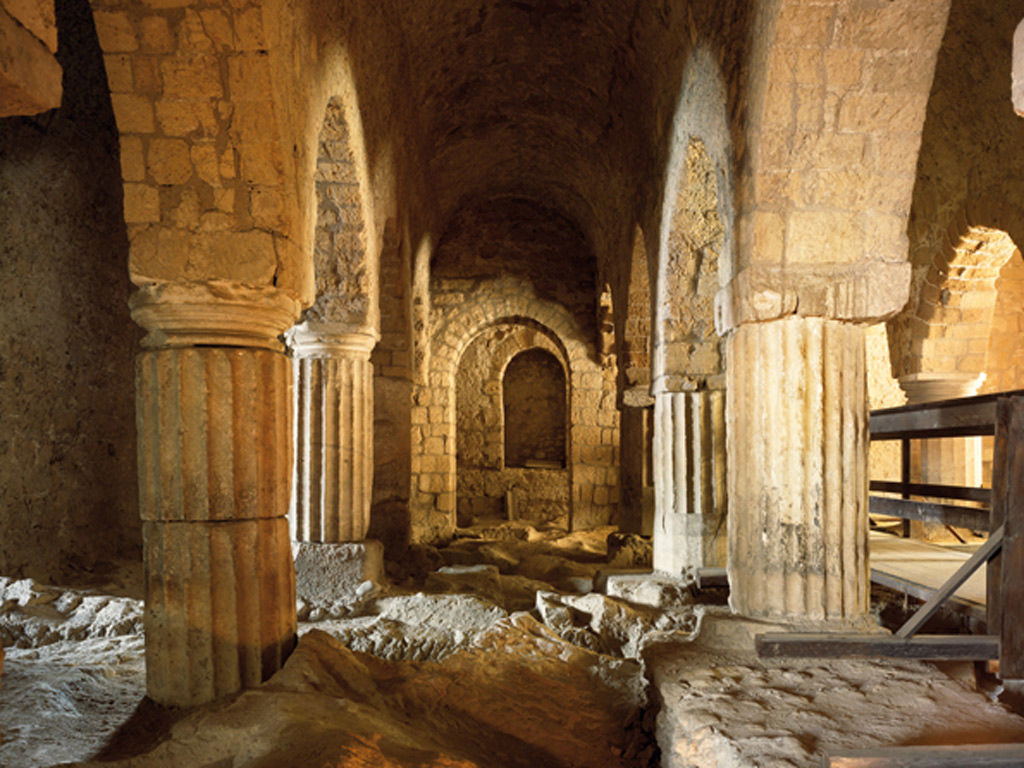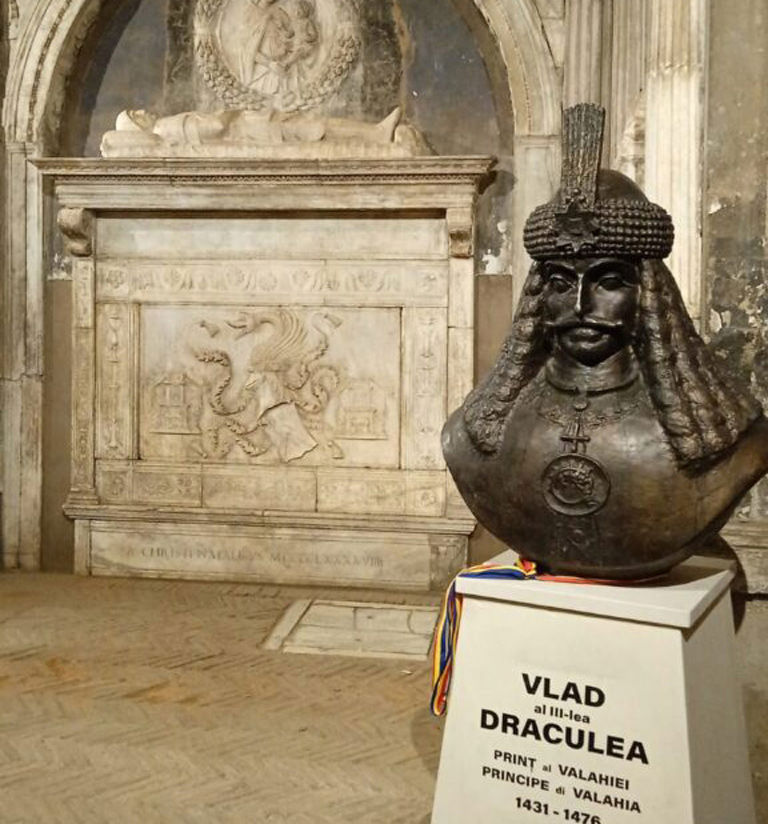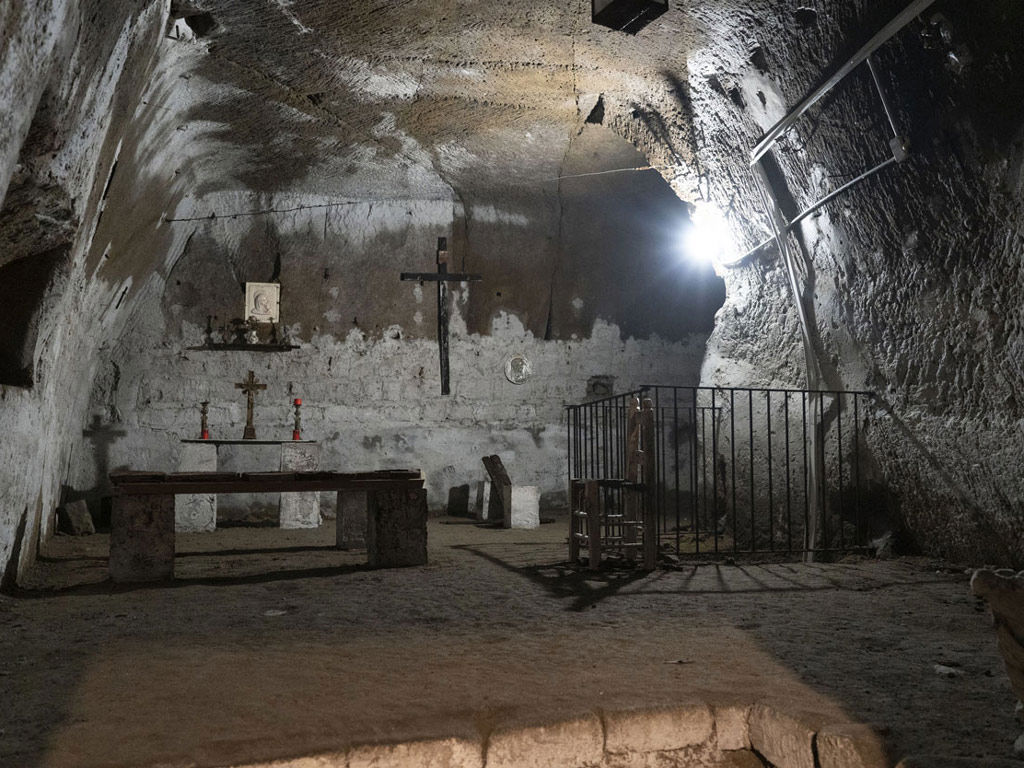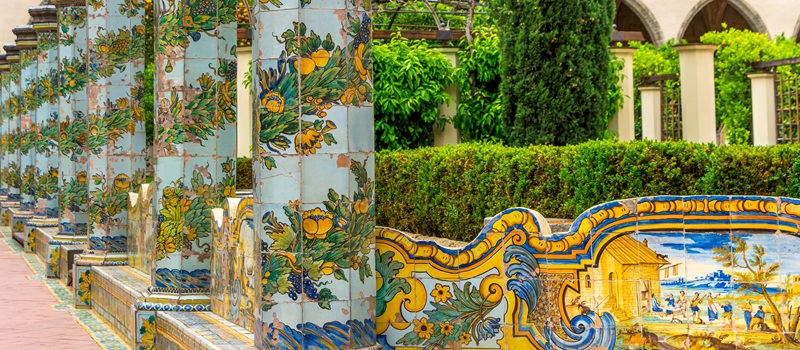
-
 Votive Shrines
Votive ShrinesTheir creation is a phenomenon that almost certainly has its origins in the Greek era. Through careful studies, it has been understood that among the Greeks, it was customary to build altars for the gods, objects of care and devotion. But we have to wait for the Bourbon rule under Charles III to see them on every corner of the city! A clever way to light up the alleys of the Kingdom's capital. Votive shrines, therefore, trace back a millennia-old history and are an unusual and original way to discover Parthenope! We Neapolitans pass by them unknowingly every day, not noticing the magnificent history and religiosity that these temples contain.
-
 Lucia's Skull
Lucia's SkullIn the church of Santa Maria delle Anime del Purgatorio ad Arco, located on the Decumano Maggiore on the current Via dei Tribunali, we find the cult of the Souls of the Poor. The story of Lucia's skull dates back to the 1800s. Numerous stories and legends revolve around the skull with a bridal veil and a precious crown. According to tradition, it is said to be Lucia D’Amore, daughter of Domenico, Prince of Ruffano, given in marriage to Marquis Giacomo Santomago. Since the young princess did not want to marry the gentleman, some say she committed suicide, while others say she died of grief. Some recount that she attempted a tragic escape, that she was ill with tuberculosis, or that she was murdered while advancing towards the altar. Another version narrates that she was actually in love with the marquis and drowned during their honeymoon. The only certainty is that unfortunately, the young woman did not manage to celebrate her wedding. Her relic is used to ask for blessings or to shed a light of hope in finding the love of one's life.
-
 Legend of Castel dell'Ovo
Legend of Castel dell'OvoConsidered one of the most bizarre Neapolitan legends! Castel dell'Ovo, a symbol of the city of Naples since ancient times, supposedly gets its name from an egg placed by the poet Virgil in the castle's underground chambers. The ancient legend tells that the fate of the castle depends on this egg! During the time of Queen Joanna, the castle suffered severe damage due to the collapse of the arch connecting the two rocks on which it stands. The queen was practically forced to officially declare that she had replaced the egg to prevent fears of new and more damaging disasters from spreading throughout the city. From this, we can deduce that Neapolitan superstition has very ancient origins!
-
 Dracula's Tomb
Dracula's TombAccording to many experts, the remains of Count Vlad III of Wallachia, commonly known as Dracula, are located in the Church of Santa Maria la Nova. Experts believe that the character who inspired the famous novel Dracula did not actually die in battle but was captured by the Turks and later ransomed by a secret daughter adopted by an aristocratic Neapolitan family. Numerous theories thus link Count Vlad to the city of Naples.
-
 O' Munaciello
O' MunacielloLiterally "little monk," O' Munaciello is one of the most famous esoteric figures in the city of Naples. Even today, people wonder if his story is real or born from popular tales. There are various accounts that narrate the origins of the Munaciello. Stories of kindness, when he leaves coins and money hidden inside homes, or plays small pranks that turn into numbers to play in the lottery; of admiration, when he touches beautiful women; or of mischief, when he hides and breaks objects or blows in the ears of those who sleep. The origins of the little monk's story are manifold. Some link him to underground Naples with the tradition of the well-diggers, while others attribute his existence to the reign of Alfonso V of Aragon. According to one tale, the so-called monk was the lover of a young aristocrat and was murdered because their relationship was not approved by the noblewoman's family. What we know for certain is that the ancient legend of the Munaciello will remain one of the most fascinating mysteries of Naples' historic center!


